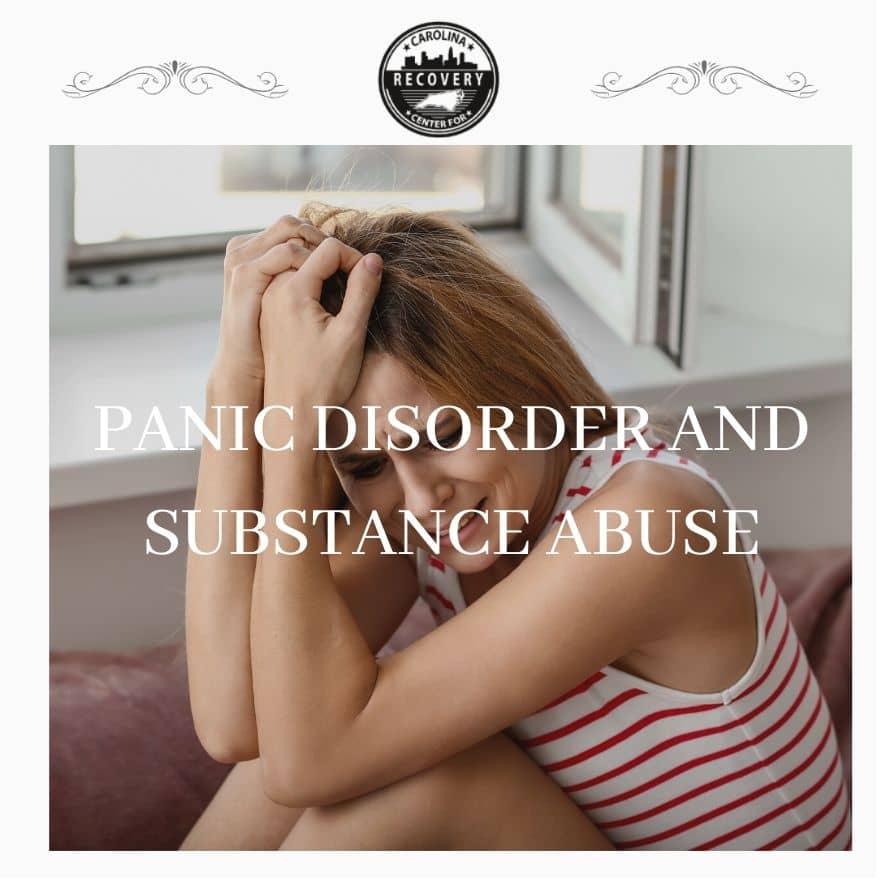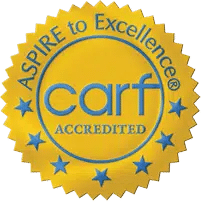Panic Disorder and Substance Abuse

Medically Verified: 2/1/24
Medical Reviewer
Chief Editor

All of the information on this page has been reviewed and verified by a certified addiction professional.
Millions of people in the United States live with some form of mental illness. Conditions like depression, anxiety, and bipolar disorder are among the most common mental illnesses in this country.
Panic disorder is a common anxiety disorder that causes people to experience intense periods of anxiety and panic. The disorder is classified by significant, disruptive emotional and physical symptoms. People may turn to drugs or alcohol for relief without treatment for a panic disorder. In time, using substances to manage the symptoms of a panic disorder can lead to addiction.
Living with panic disorder may increase your chances of developing an addiction to drugs or alcohol. Understanding the symptoms of substance abuse and how to treat mental illness and addiction simultaneously may help you make better choices about getting treatment. If you or someone you love are struggling with panic disorder and substance abuse, reach out to the caring specialists at the Carolina Center for Recovery today.
Understanding Panic Disorder
Feeling anxious or fearful is a normal part of life. Feelings of fear and anxiety can be your body’s way of warning you of danger. Panic describes an intense physical and emotional reaction to a potentially dangerous situation. It can include physical changes in the body that prepare you to fight or flee from harm. Your heart may beat rapidly, your senses may be heightened, and you may have an adrenaline rush that can prepare you to run or fight.
Sometimes, people experience panic attacks that occur without a clear danger. During a panic attack, people experience distressing symptoms seemingly out of nowhere. These symptoms include:
- Chills
- Sweating
- Hot flashes
- Chest pain
- Feelings of doom or imminent death
- Intense fear of losing control
- Tightness in the throat
- Heart palpitations
- Tingling or numbness
- Dizziness, feeling faint, or lightheadedness
- Abdominal pain or nausea
A panic attack may occur when someone is faced with a known fear, such as public speaking or flying. Or, it can happen unexpectedly–even when a person is sleeping or relaxing. People with unexplained panic attacks may meet the criteria for a panic disorder. According to the National Institute of Mental Health, about 2.7% of adults in the United States live with a panic disorder.[1]
The Connection Between Panic Disorder and Substance Abuse
There is a clear connection between mental illness and substance abuse, although more research is necessary to understand exactly why this link exists. Some researchers estimate that about 20% of people with a panic disorder have a co-occurring substance use disorder.[2] Many people who study co-occurring disorders–also called dual diagnoses– believe that people with mental illness may turn to drugs or alcohol to manage their uncomfortable mental health symptoms. Using drugs or alcohol for a prolonged period puts people at risk of developing an addiction to them.
It is essential to treat both panic disorder and substance abuse concurrently. People with a dual diagnosis must seek treatment from a facility with a staff that is qualified to treat both mental illness and substance use disorders.
Treatment for Panic Disorder and Addiction
Dual diagnosis treatment provides integrated treatment for substance abuse and the symptoms of mental illness. Certain types of mental health treatment, such as medications and specific therapies, can be incorporated into an addiction treatment program. Addiction treatment generally includes:
- Medically supervised detox
- Individual counseling
- Medications and medical treatment
- Group therapy
- Family therapy
- Education
- Holistic therapies, such as nutrition counseling, exercise, mindfulness practice, acupuncture, and yoga
During treatment, people with a dual diagnosis work to treat the root cause of their substance abuse, overcome addiction, and learn the coping skills they need to manage their mental illness and avoid relapse in the future.
Finding a Dual Diagnosis Treatment Facility
For the best chance at recovery from a mental illness and substance use disorder, it is essential to choose a treatment center that is qualified to treat both conditions concurrently. Some facilities offer one type of treatment program or the other. But for the best chance at recovery, you must simultaneously receive treatment for both conditions.
Some signs of a high-quality, effective dual diagnosis rehab facility include:
- Staff are licensed and trained to provide dual diagnosis treatment
- Strict admission criteria
- The majority of the time in treatment is spent on evidence-based therapies
- Reliable schedule
- Programs can adapt to meet your needs
- Access to multiple levels of care
- Continuous access to medical and psychiatric professionals
- A calm environment
- Availability of financial assistance or payment plans
If possible, take a tour of the facility and ask any questions you might have before beginning rehab. It is essential that you feel confident in your choice so that you can get the most out of your time in treatment.
Get Help Now
At Carolina Center for Recovery, our dual diagnosis treatment option can help you cope with panic disorder and stop using drugs or alcohol. If you or someone you love requires treatment for panic disorder and addiction, reach out to the Carolina Center for Recovery specialists today
References:

